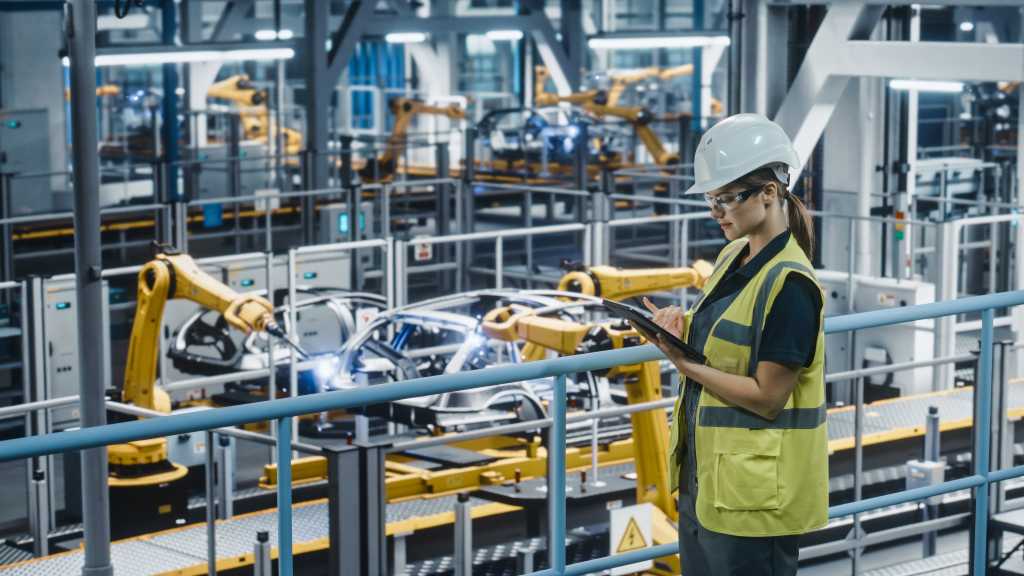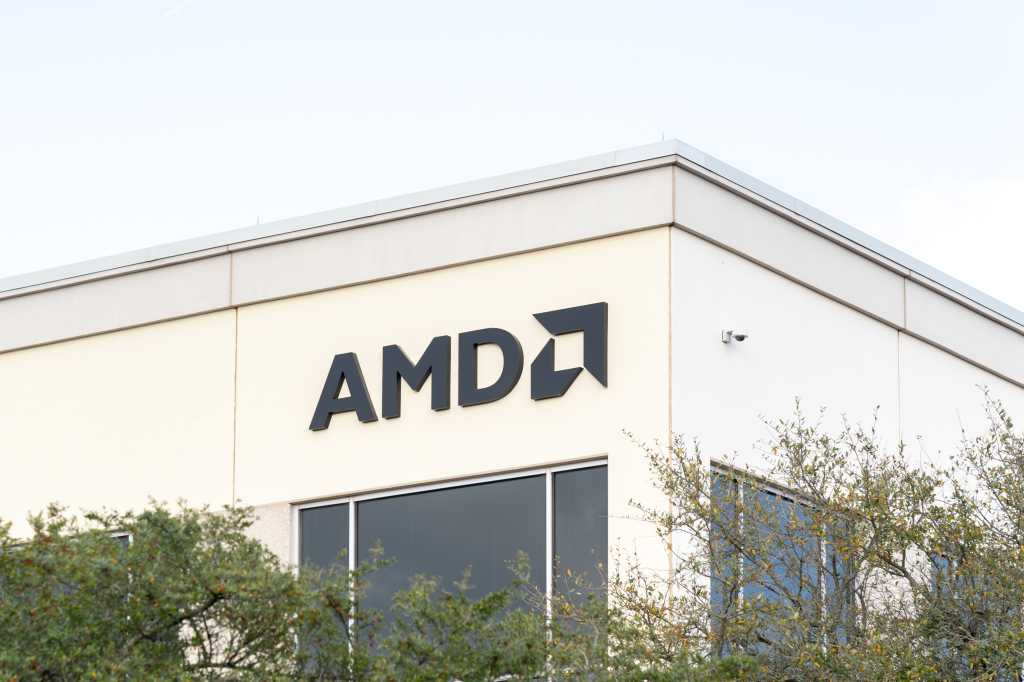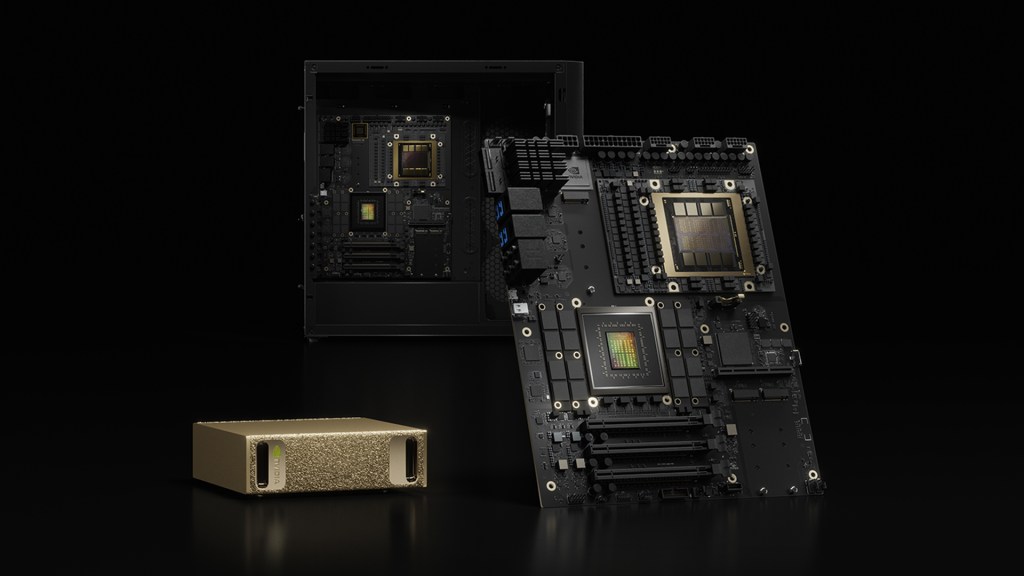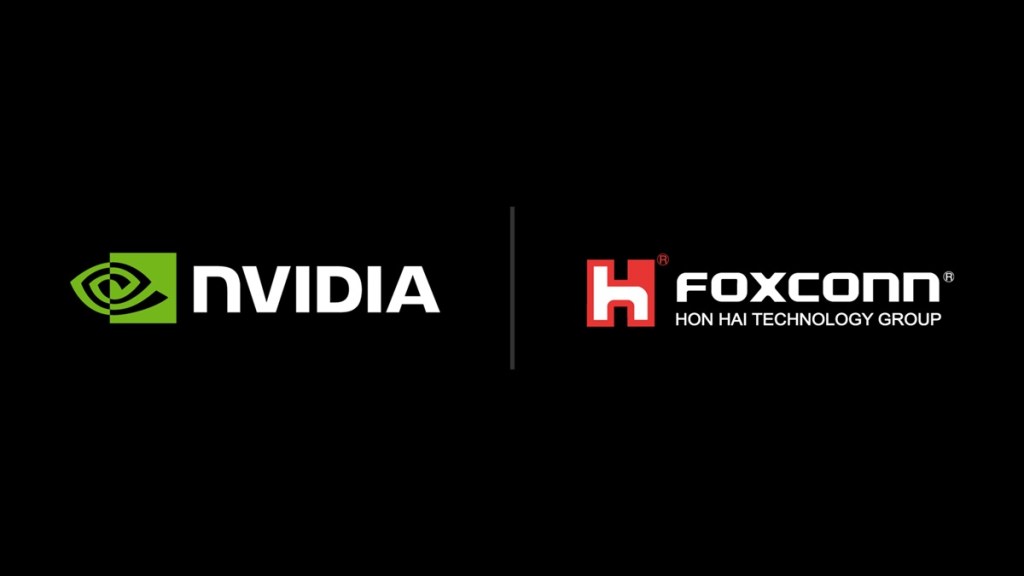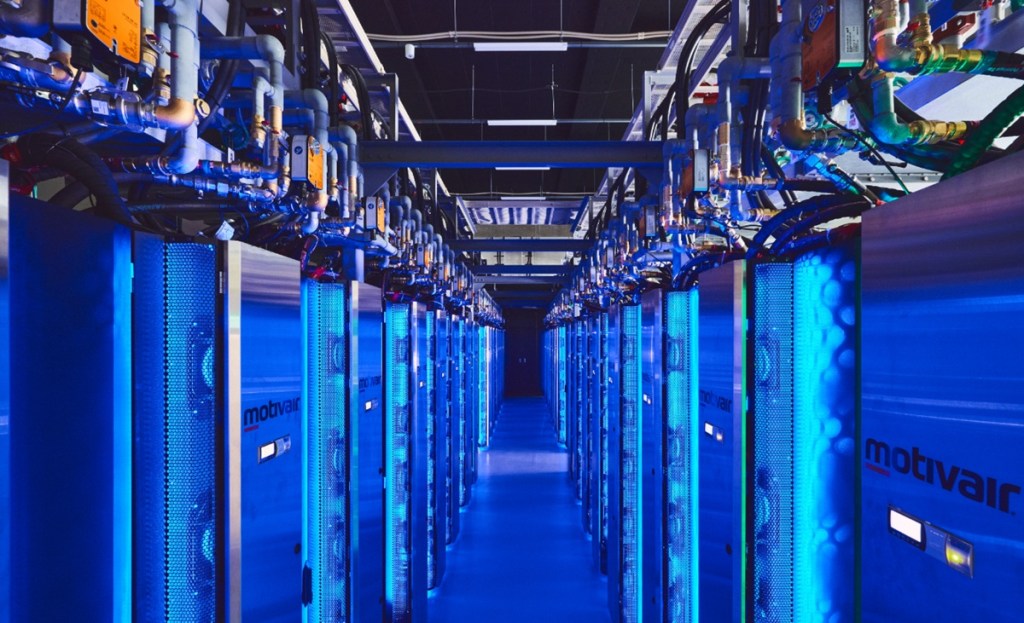
The leader of Canada’s Conservative Party said he would accelerate approval on 10 resource projects if elected, including the extension of a major Suncor Energy Inc. oil sands mine in Alberta.
Pierre Poilievre, who’s running against Liberal Prime Minister Mark Carney in an April 28 election, has pledged to advance projects including the second phase of LNG Canada in British Columbia, the Rook 1 Uranium Mine in Saskatchewan, Springpole Lake Gold mine in Ontario and Suncor’s project. Poilievre said natural resource projects have been stymied over the past decade of Liberal leadership due to excessive regulations and slow approvals.
Suncor submitted a plan to the federal government in 2020 to extend the life of its Base Plant mine, which is more than 50 years old and forms the backbone of Suncor’s oil sands operations. The mine feeds bitumen into two upgraders that turn the ultra-heavy crude into lighter, higher-value synthetic oil.
In 2022, then-Environment Minister Steven Guilbeault signaled he may not approve the extension project, saying its emissions “may not align” with Canada’s climate targets.
In December, the government announced it would begin assessing the impact of the project, but Suncor has been working to secure alternative supplies of bitumen for its upgraders, including by acquiring full control of the Fort Hills oil sands mine from TotalEnergies SE and Teck Resources Ltd.
Suncor Chief Executive Officer Rich Kruger has also said the company is considering boosting supply with more oil-sands well projects — known as in-situ developments — including the long-proposed Lewis project or Firebag South. Suncor didn’t immediately respond to a request for comment.
WHAT DO YOU THINK?
Generated by readers, the comments included herein do not reflect the views and opinions of Rigzone. All comments are subject to editorial review. Off-topic, inappropriate or insulting comments will be removed.
MORE FROM THIS AUTHOR
Bloomberg




